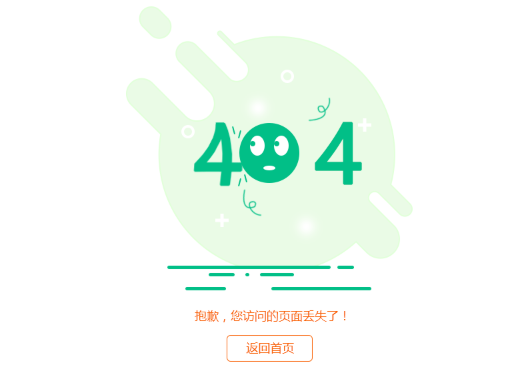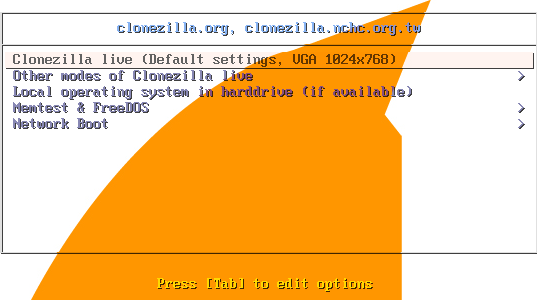您现在的位置是: 网站首页 >Python Python
Python模块--functools工具函数包
 admin2019年1月23日 19:00
【Python
】
1723人已围观
admin2019年1月23日 19:00
【Python
】
1723人已围观
# functools工具函数包 ```python >>> import functools >>> dir(functools) ['RLock', 'WRAPPER_ASSIGNMENTS', 'WRAPPER_UPDATES', '_CacheInfo', '_HashedSeq', '__all__', '__builtins__', '__cached__', '__doc__', '__file__', '__loader__', '__name__', '__package__', '__spec__', '_c3_merge', '_c3_mro', '_compose_mro', '_convert', '_find_impl', '_ge_from_gt', '_ge_from_le', '_ge_from_lt', '_gt_from_ge', '_gt_from_le', '_gt_from_lt', '_le_from_ge', '_le_from_gt', '_le_from_lt', '_lru_cache_wrapper', '_lt_from_ge', '_lt_from_gt', '_lt_from_le', '_make_key', 'cmp_to_key', 'get_cache_token', 'lru_cache', 'namedtuple', 'partial', 'partialmethod', 'recursive_repr', 'reduce', 'singledispatch', 'total_ordering', 'update_wrapper', 'wraps'] ``` ## partial函数(偏函数) 把一个函数的某些参数设置默认值,返回一个新的函数,调用这个新函数会更简单。 ```python import functools def func(*args, **kwargs): print(args) print(kwargs) f1 = functools.partial(func, 1, 2, 3) f1() # (1, 2, 3) # {} f1(4, 5, 6) # (1, 2, 3, 4, 5, 6) # {} f1(kw1='python', kw2='django') # (1, 2, 3) # {'kw1': 'python', 'kw2': 'django'} f2 = functools.partial(func, 1, kw='python') f2() # (1,) # {'kw': 'python'} f2(2, 3) # (1, 2, 3) # {'kw': 'python'} f2(kw1='django') # (1,) # {'kw': 'python', 'kw1': 'django'} def func(k1, k2, k3): print(k1, k2, k3, '求和:', k1 + k2 + k3) f = functools.partial(func, 1) f(2, 3) # 1 2 3 求和: 6 f = functools.partial(func, 5, 8) f(3) # 5 8 3 求和: 16 # 函数有初始值 def func(k1, k2=100, k3=200): print(k1, k2, k3, '求和:', k1 + k2 + k3) func(1) # 1 100 200 求和: 301 f = functools.partial(func, 2) f() # 2 100 200 求和: 302 f(0, 0) # 2 0 0 求和: 2 f = functools.partial(func, 1) f(2, 3) # 1 2 3 求和: 6 f = functools.partial(func, 5, 8) f(3) # 5 8 3 求和: 16 ``` ## wraps函数(装饰器) 使用装饰器时,有一些细节需要被注意。例如,被装饰后的函数其实已经是另外一个函数了(函数名等函数属性会发生改变)。这个`wraps`函数的作用就是从 被修饰的函数(wrapped) 中取出一些属性值来,赋值给 修饰器函数(wrapper) 。 添加后由于函数名和函数的doc发生了改变,对测试结果有一些影响,例如: ```python def decorator(func): """decorator function""" def wrapper(): """wrapper function""" print('in wrapper') return func() return wrapper @decorator def test(): """test function""" print('in test') test() print(test.__doc__) # 如果没有加@decorator装饰器,结果: # test function # 使用了@decorator装饰器,相当于执行了一句test = decorator(test),结果: # in wrapper # in test # wrapper function ``` Python的functools包中提供了一个叫wraps的装饰器来消除这样的副作用。例如: ```python def decorator(func): """decorator function""" @functools.wraps(func) def wrapper(): """wrapper function""" print('in wrapper') return func() return wrapper @decorator def test(): """test function""" print('in test') test() print(test.__doc__) # wrapper()使用了装饰器@functools.wraps(func),结果 # in wrapper # in test # test function ``` wraps修饰器,其实就是将被修饰的函数(test)的一些属性值赋值给修饰器函数(decorator),最终让属性的显示更符合我们的直觉。 ## reduce函数(从左到右累计) 将可迭代对象iterable中的元素从左到右累计到接收两个参数的函数func中。例如`reduce(lambda x, y: x+y, [1, 2, 3, 4, 5])`的计算等同于`((((1+2)+3)+4)+5)`。 ```python r = functools.reduce(lambda x, y: x+y, [1, 2, 3, 4, 5]) print(r) # 15 ```
很赞哦! (0)
相关文章
文章交流
- emoji













 GitHub
GitHub
 QQ
QQ
 StarMeow
StarMeow